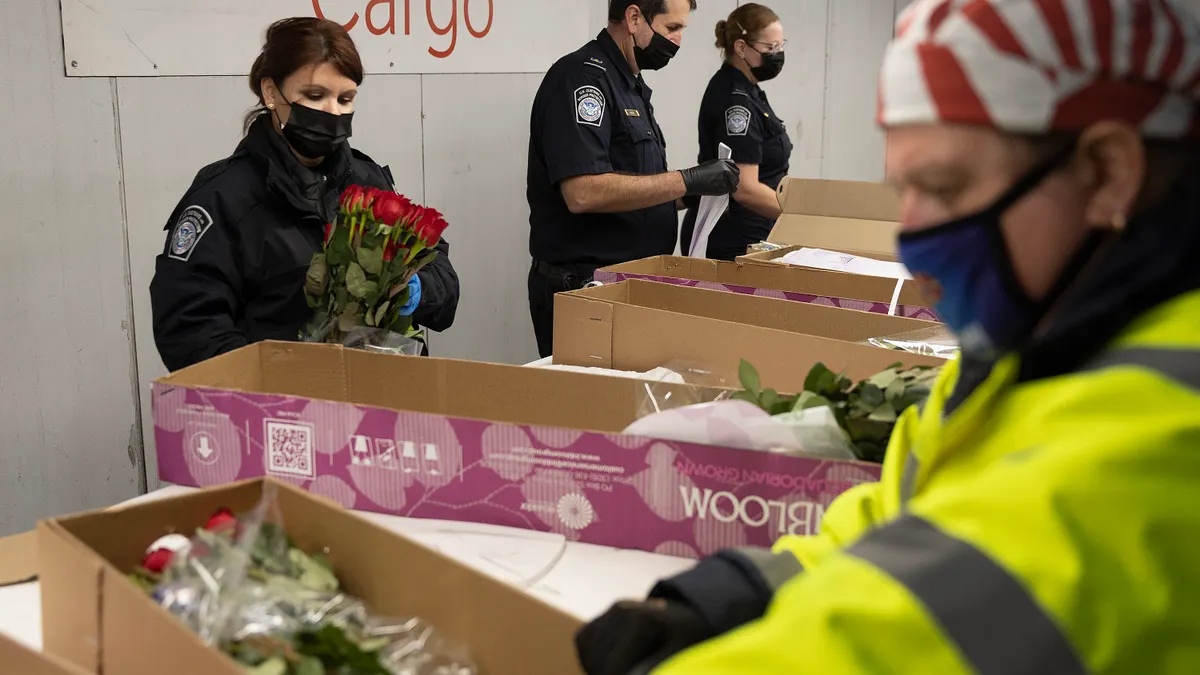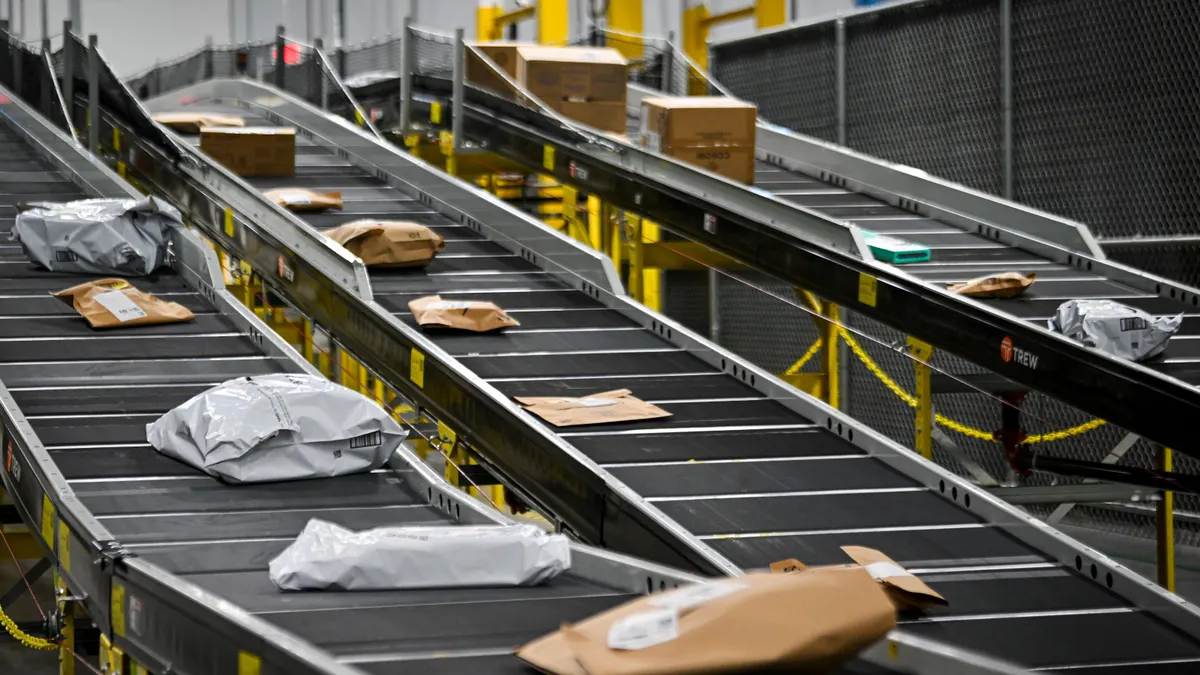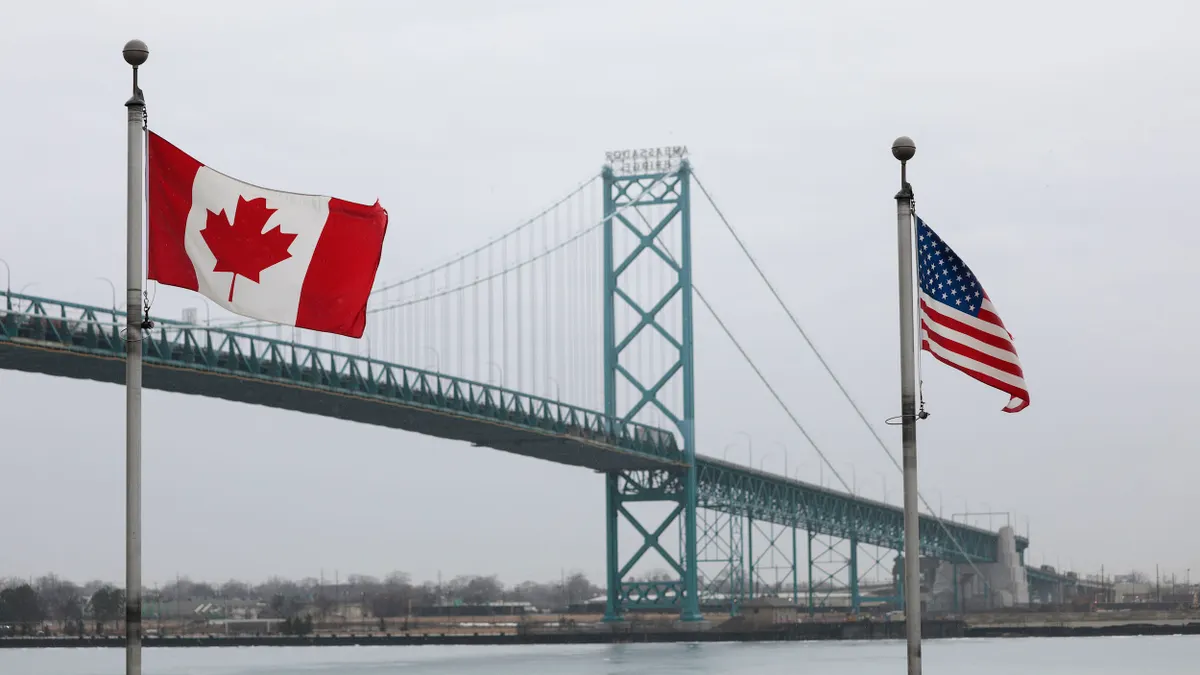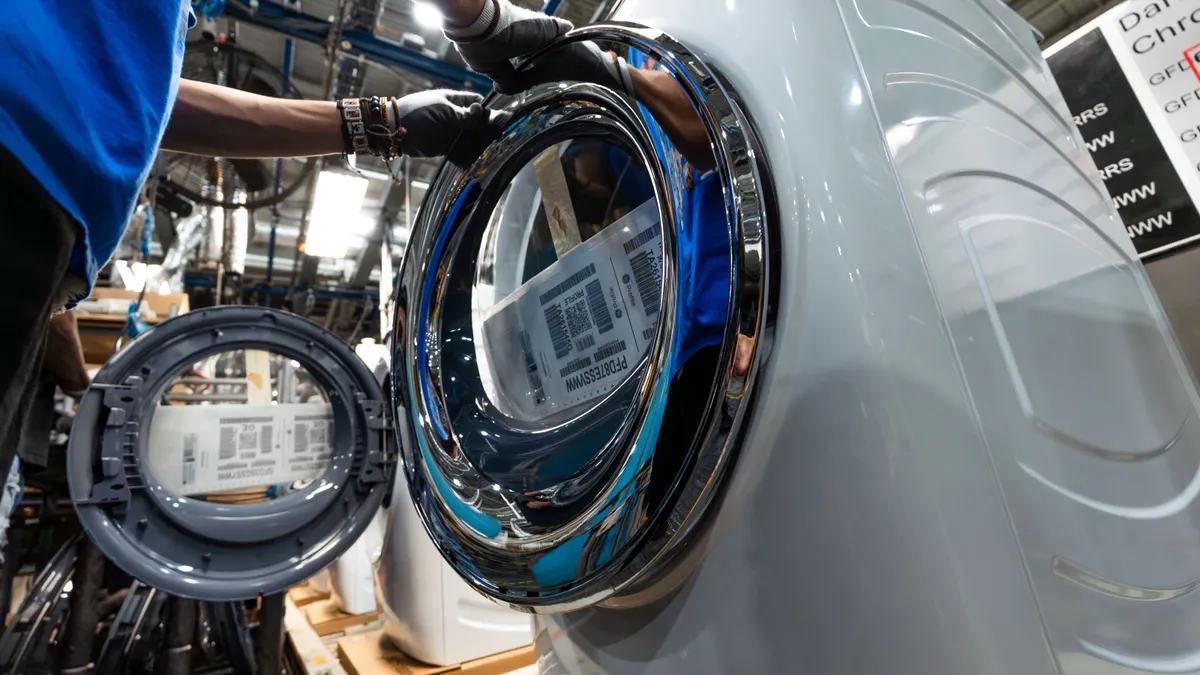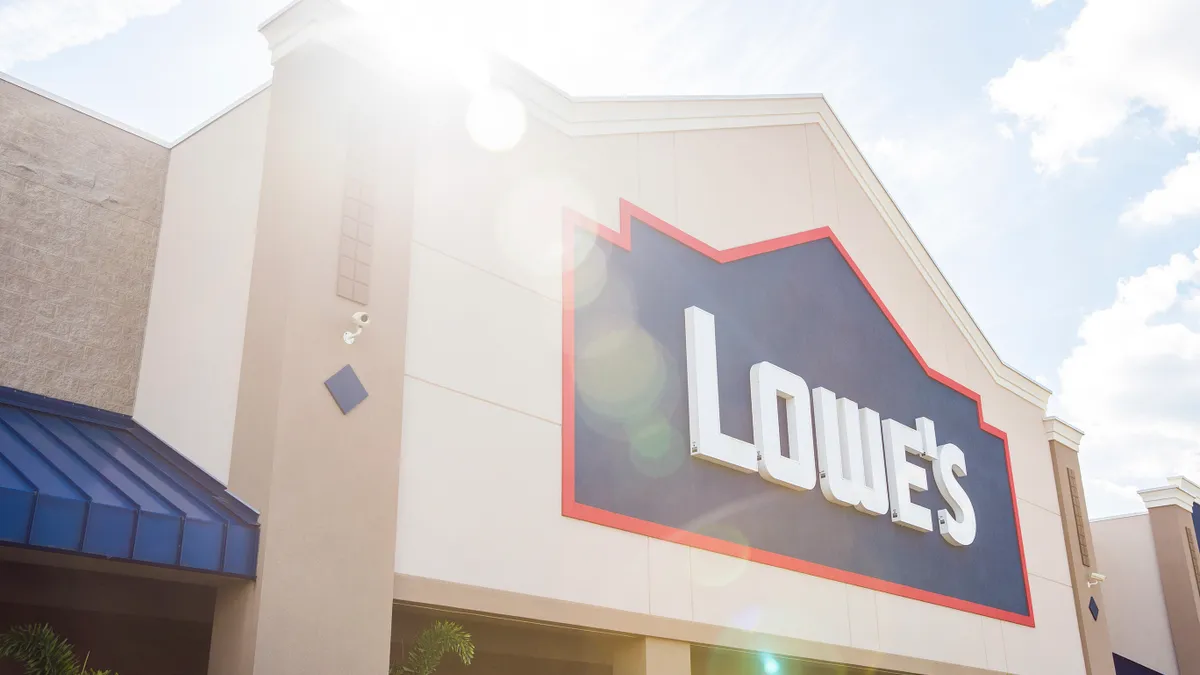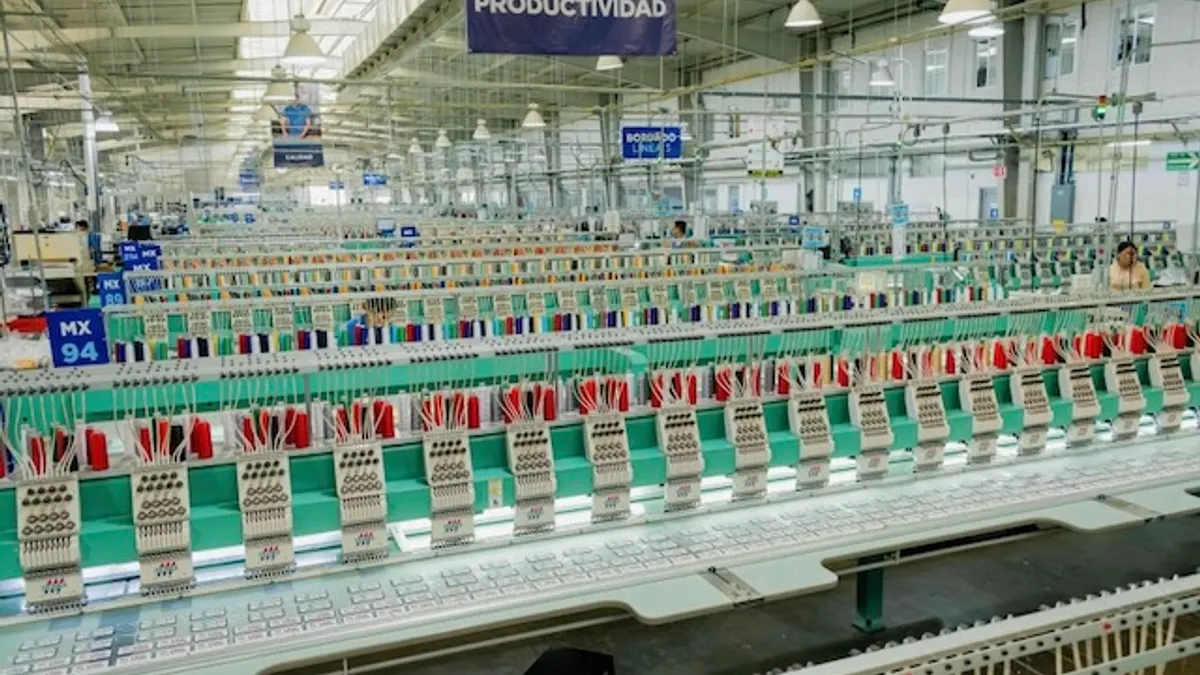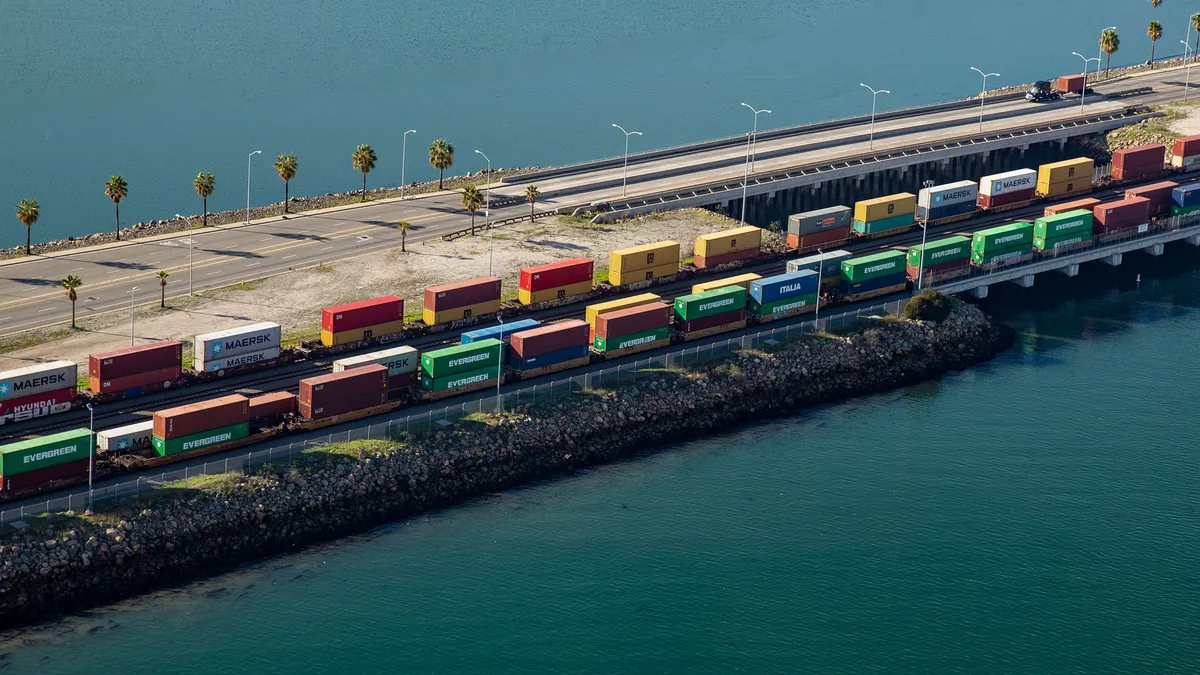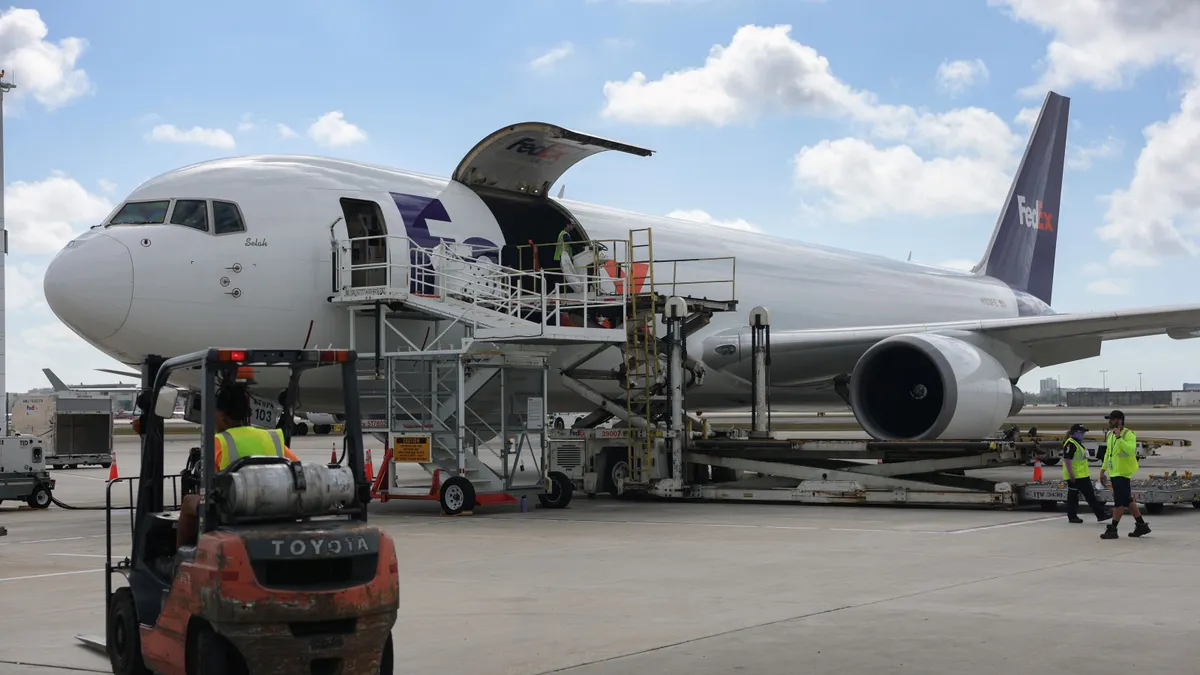The White House has claimed that new tariffs have raked in over $150 billion in revenue so far this year, but depending on the outcome of a November Supreme Court hearing, some of that money could be returned.
On Nov. 5, the high court will hear oral arguments about whether President Donald Trump’s use of the International Emergency Economic Powers Act is lawful. The court first agreed to the hearing in September, following decisions by two lower courts that ruled against the levies.
At the time, Treasury Secretary Scott Bessent said the U.S. would need to refund roughly half of its tariff income should the Supreme Court uphold the lower court decisions.
“If the court says it, we'd have to do it,” Bessent said on NBC’s Meet the Press on Sept. 7.
A potentially unprecedented undertaking
Despite the simplicity of Bessent’s statement, as companies await the high court’s decision, there is no shortage of uncertainty about how the refund process would unfold or how companies should prepare.
“I'm not perfectly certain that he understood the import, no pun intended, of what he was saying in that moment,” said Alexander Schaefer, a partner in the international trade group at law firm Crowell & Moring.
Should Trump’s use of IEEPA be invalidated and refunds deemed necessary, only levies paid under corresponding duties would be eligible, experts told Supply Chain Dive. That would include Trump’s duties related to fentanyl trafficking on imports from Canada, Mexico and China, as well as the swath of country-specific tariffs the U.S. finalized in August. The total revenue derived from these levies this year could be as much as $108 billion by the end of October, per an analysis by PricewaterhouseCoopers.
Given the far-reaching impact of those tariffs, U.S. Customs and Border Protection could face an unprecedented wave of tariff refund requests if the courts call on the government to issue them, according to Greg Tompsett, VP of customs brokerage USA at Kuehne + Nagel.
“This would be 100 times more than anything they've seen previously,” Tompsett said.
Despite the scale of potential refunds, the timing remains unclear, especially since several experts expect the Supreme Court will remand the case back to the lower courts. Given the complexity of striking down the tariffs, this could lead to a negotiated timeline, during which the government would determine the refund process.
“It's not going to be the Supreme Court rules in December, and you've got a refund check in January,” said Justin Angotti, an associate in the global regulatory investigations and enforcement group at law firm Reed Smith.
How do tariff refunds normally work?
Requesting tariff refunds is a customary practice for shippers. There are usually two primary methods, according to experts, and for both (and any others), the importer of record is the only party eligible to receive any returned funds.
The first method involves filing a post-summary correction with CBP during what is known as the “liquidation period” following a good’s entry into the U.S. During this roughly 300-day stretch, companies can submit revisions or adjustments to the initial documentation for individual entries. CBP can also request additional information as part of an audit or review.
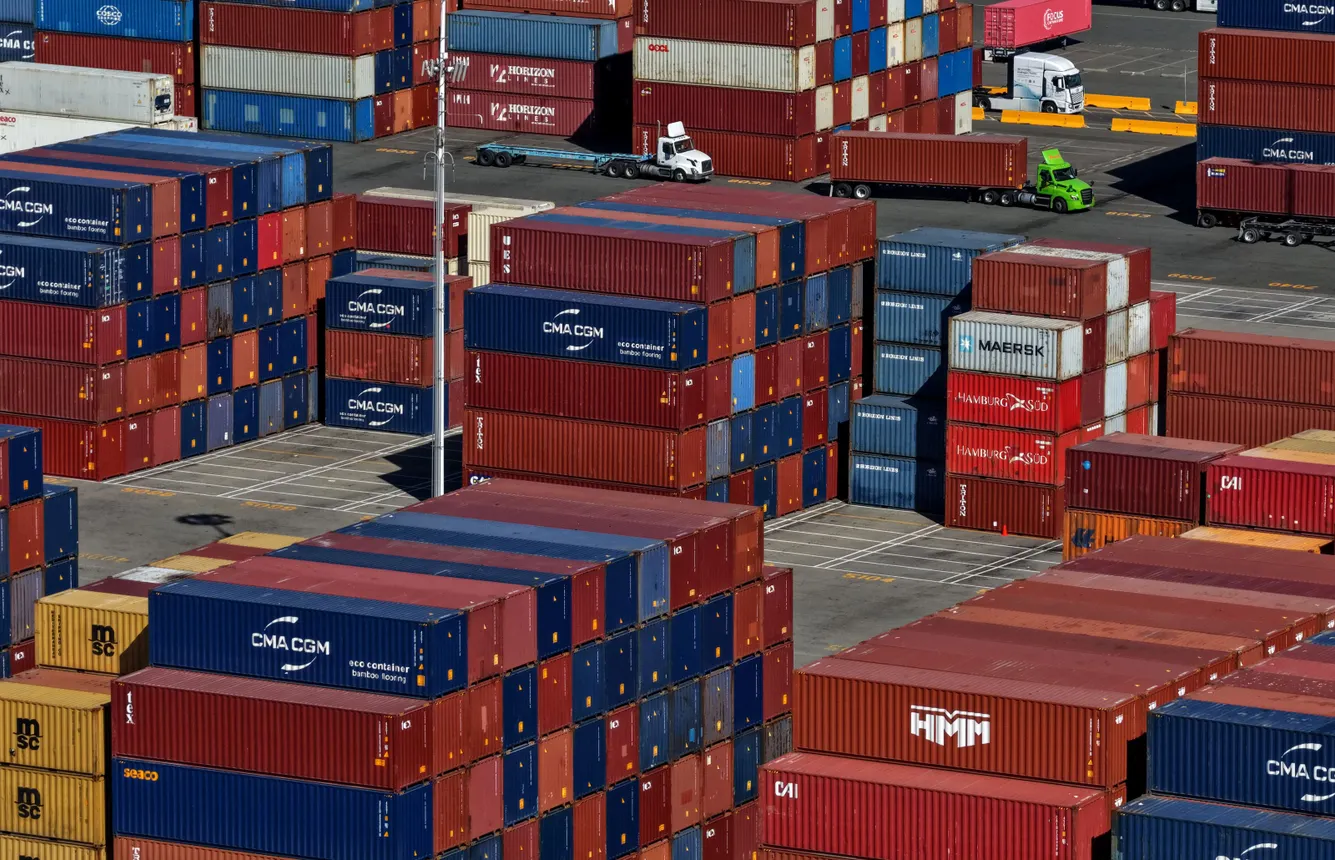
Liquidation periods can be cut short if CBP believes it has collected all the information it needs. On the flip side, they can also be extended one year at a time for up to three years, according to Josh Kurland, a partner in the global regulatory practice at law firm Hogan Lovells.
If the liquidation period has already passed, companies can pursue a different refund route by filing a formal protest with CBP within 180 days of the liquidation period’s end. Generally, the protest usually involves an importer asserting it was charged the wrong duty rate and asking customs to correct the issue, per Crowell & Moring’s Schaefer.
However, in the case of the IEEPA tariffs, Schaefer said CBP may be less open to protests because the tariffs were not implemented through a customs decision.
“I worry that people who just file administrative protests, CBP is going to say, ‘Look, we didn't make a decision. We didn't decide anything. The White House issued orders telling us to collect this stuff, and we collected it. Your beef is with them, not with us,’” Schaefer said.
If CBP does deem a refund appropriate, the resolution can be relatively quick, as the agency can deliver funds via an automated clearing house the same way a consumer might pay a bill, according to Tompsett of Kuehne + Nagel.
How could IEEPA tariff refunds be different?
It remains unclear how a refund process for IEEPA levies could differ from standard procedures. Experts have differing views on how they expect the situation to play out.
Mike Short, president of global forwarding at C.H. Robinson, envisions two potential scenarios.
“Either Customs will process the refunds automatically, or brokers will need to undertake additional work to secure them,” Short said in an email to Supply Chain Dive.
An automatic process is possible because most customs entries are filed electronically, creating a simpler means of checking information, according to Greg Husisian, a partner with law firm Foley & Lardner. He added that he would expect CBP to issue guidance to importers about how it plans to process refunds if they become necessary.
“It's not going to be the Supreme Court rules in December, and you've got a refund check in January."

Justin Angotti
Associate, Global Regulatory Investigations and Enforcement Group, Reed Smith.
There is some precedent for CBP to initiate a more automatic process based on legal challenges to the Section 301 tariffs Trump imposed on imports from China during his first term.
As part of a case that eventually reached federal court, the U.S. government agreed that if the Section 301 levies were struck down, it would automatically issue refunds to importers, according to Schaefer of Crowell & Moring. However, in September, the federal circuit affirmed the legality of the Section 301 tariffs, making the refund promise irrelevant.
It is unclear whether Trump would hold to such a standard in the current legal battle. However, just this year, the administration allowed refunds for levies that were later lowered, according to Angotti. In this instance, customs released guidance directing imports to issue post-summary corrections to trigger refunds.
How importers can prepare
Just as there are several differing viewpoints on how IEEPA tariff refunds could be administered, there is also no consensus on how importers can best prepare themselves to seek relief.
Two primary schools of thought have emerged, according to Kelsey Christensen, an international trade attorney at law firm Clark Hill. The first is for importers to request liquidation extensions. The second is to allow liquidation to occur and then file protests as the issue works its way through the courts.
“My understanding is that CBP would put those requests in some sort of other administrative category they know they're going to have to deal with when, at the end of the day, everything with these appeals is said and done,” Christensen said. “So as long as protests get filed on time, even if there's uncertainty as to the remedy, it should be manageable.”
For more cautious companies with a high degree of tariff exposure, seeking a liquidation extension may be a better option, according to Angotti.
A third avenue also exists: filing a complaint in federal court — most likely the Court of International Trade.
“If you've got real money at stake, I think the safe play is to do what V.O.S. did and file a complaint,” Schaefer said, referencing one of two cases that have been combined for Supreme Court review. If they do file a complaint, companies should ask the judge to issue an injunction to suspend liquidation until there’s a final decision about the IEEPA tariffs, Schaefer added.
Regardless of the mechanism a shipper employs, they should confirm their product classifications and ensure they have correct documentation, such as entry forms and bills of material, experts said.
Companies should also have a clear understanding of the liquidation status of entries to know whether they will be able to file post-summary corrections or protests, depending on the timing of the Supreme Court’s decision.
Lastly, companies must understand which tariffs apply to which entries since some imports may be subject to additional duties, such as those enacted under Section 232.
Antone Gonsalves contributed to this story.
Correction: This story was updated to correct the spelling of Justin Angotti.



